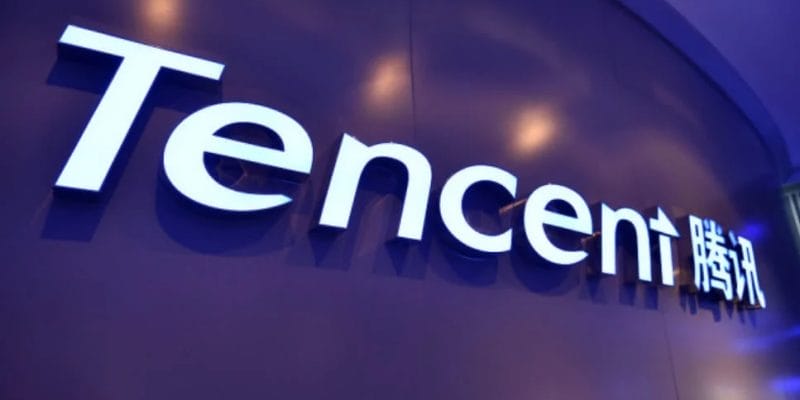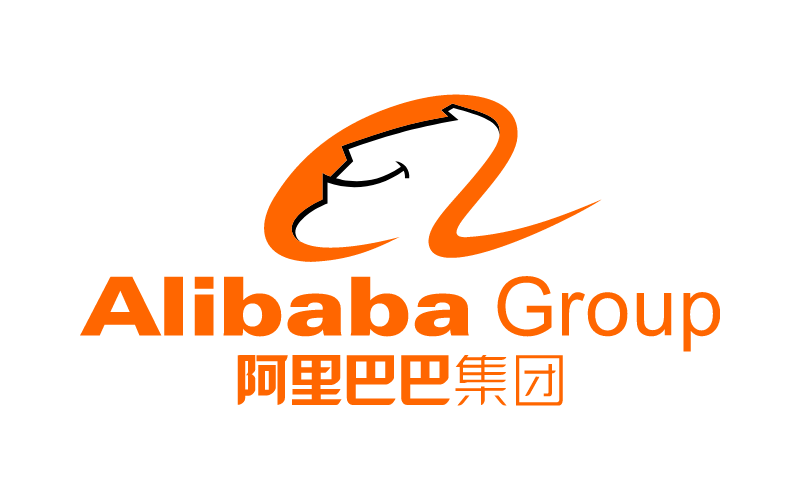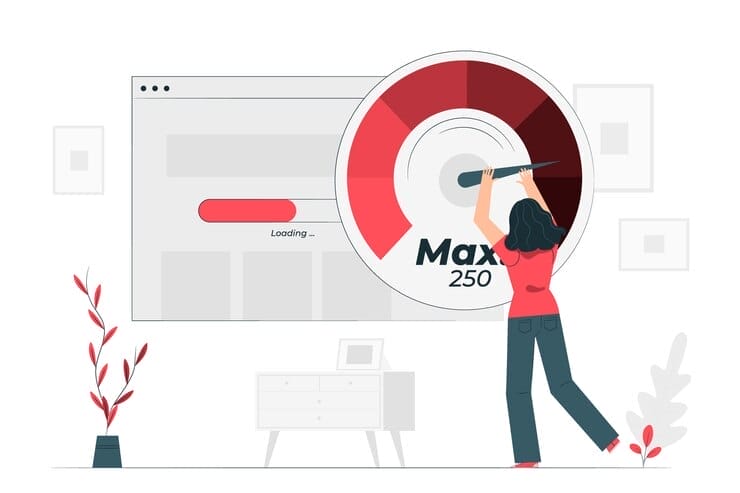What is a Brand?

A brand is a concept that distinguishes a person, organization, product, or service, among others. A brand is designed to create a perception in the minds and hearts of people about what an organization is selling.
Logos, slogans, and other brand elements are frequently referred to as brands. Even though these terms are used interchangeably, they are not the same. Brands, as opposed to logos, are intangible assets. This means that brands cannot be touched or seen.
Brands are mental constructs that shape people’s perceptions of individuals, companies, products, or services.
A brand is regarded as one of a company’s most valuable and vital assets. Indeed, many businesses are frequently referred to by their brand names, implying that they are often inseparable, becoming the same. What this means is; brands have high monetary value, which affects both the bottom line and, in the case of public companies, shareholder value.
Because it is a pertinent asset, organizations often seek legal protection for brands by getting trademarks.
Elements of a Brand

Although a brand is an intangible asset, it comprises multiple tangible elements that help create a brand identity. Listed below are the elements of a brand:
– Brand Name: A brand name is a name given by a manufacturer to their product(s) or service(s). A brand name should be original, easy to pronounce, catchy, and, if possible, depict product dimensions and advantages. Examples of brand names are:
– Founder’s name, for instance, Tata
– Acronymic brand name, for example, IBM
– Descriptive brand name, for example, Bank of America
– Geographical brand name, for instance, Kentucky fried chicken
– Lexical brand name, for example, Dunkin Donuts
– Evocative brand name, for instance, Virgin
– Neologism, for example, Kodak
– Logo: A logo is a design adopted by an organization to distinguish its products and services. It may comprise text, images, or both.
– Colour: Brands have certain hues that distinguish them in the marketplace. Consistency in using such colors becomes associated with the organization in customers’ minds. For example, a yellow sim in Nigeria is an MTN sim.
– Tagline: A tagline is a slogan or catchphrase used in advertising to reiterate a point or create a dramatic effect. It should be short, catchy, and memorable.
– Sound: Organizations adopt a unique set of notes or music to advertise and distinguish their brands in the marketplace. A brand’s sound should be easy to sing, catchy, repetitive, and memorable.
– Special Features: Brands may inculcate unique attributes depending on their sales. For example, a food brand may be consistent with the taste of a meal. A shoe brand may be compatible with a type of lace.
– Customer Relationship Management: Customer relationship management encompasses every procedure, system and technology set up by an organization to manage its relationships with existing and/or prospective customers.
Customer relationship management systems gather information from several channels of contact, such as an organisation’s website, phone numbers, emails, social media, live chats, and marketing materials. They give organisations the opportunity to understand their target markets better and figure out how to best meet their demands, which helps to keep customers and boost revenue.
Every brand is sustained by maintaining a good name and unique communication system with its customers because satisfied customers are the most efficient evangelists of a business.
Types of Brands

Brands are categorized into different types based on other criteria:
– According to the entity that uses a brand, brands may be classified into:
– Personal brands: Personal brands refer to the perceptions of individuals based on their skills, experience, and achievements within a community, industry, or market.
– Corporate brands: Corporate brands serve to describe entire organizations. The goal of a corporate brand is to establish a consistent corporate image by combining corporate strategy, business activity, and brand stylistics.
– Product brands: Product brands are the individual products of an organization. They serve as the bedrock of a company’s brand.
– Service brands: Service brands are services that can be uniquely marketed to optimize reach and maximize sales.
– According to ownership, brands are broken down into:
– Manufacturer’s brands: Here, the manufacturer’s name is used as the brand of the product, for example, Lenovo.
– Intermediaries’ brands: Here, the middleman’s name (wholesaler or retailer) is used as the brand of the product, for example, Wal-Mart.
– According to the geography, brands may be classified into:
– Local brands
– Provincial brands
– Regional brands
– National brands
– International brands
– According to brand architecture, brands may be classified into:
– Family Brands: When all of a company’s products are marketed under the same brand name in different market segments, this is referred to as a family brand. The Reliance Group, for example, uses its parent name to brand various product lines such as Reliance Petrochemicals, Reliance Communications, Reliance Retail, and so on.
– Product Line Brands: Product line branding is used when a company gives different names to different product lines. For example, Hindustan Unilever employs this strategy to brand its various product lines, such as soaps, beverages, detergents, and so on.
– Individual Brands: Individual branding strategy is used when a company uses different names for products in the same product line. For example, HUL uses various soap brands such as Lifebuoy and Rexona.
– According to market competition, brands are categorized into:
– Fighting Brands: These brands launch into the market with a significant distinction from other competitor organizations.
– Competitive Brands: These brands launch with no significant distinction from other competitor organizations.
Top 10 Global Brands in 2022 and What Makes Them Successful

#1. Apple

Apple ranks first according to the Kantar BrandZ Most Valuable Global Brands 2022 and is on track to become the world’s first trillion-dollar brand. Apple’s brand value is $947.1 billion, owing to its high degree of differentiation and ongoing diversification across its hardware, software, and service portfolios.
#2. Google

Google ranks second in the Kantar BrandZ Most Valuable Global Brands 2022; it is also one of the fastest rising companies in the rankings, increasing its brand value by 79% to $819.6 billion. Google’s work and productivity apps make it indispensable to customers’ lives worldwide.
#3. Amazon

Amazon ranks third in the Kantar BrandZ Most Valuable Global Brands 2022 ranking. Amazon’s brand value is $705.6 billion due to its consistency in creating the best customer experience by world standards.
#4. Microsoft

Microsoft is ranked fourth in Kantar BrandZ’s Most Valuable Global Brands 2022. Because of its resilience and ability to respond to changing technologies, market demands, and business opportunities, Microsoft’s brand value is $611.5 billion. The COVID-19 era evinced that Microsoft could withstand significant storms.
#5. Tencent

Tencent is ranked fifth on Kantar BrandZ’s list of the World’s Most Valuable Brands in 2022. Despite an 11 percent decline in brand value this year, Tencent has emerged as a trailblazer, with a market capitalization of $241 billion, due to consistent growth and risk-taking to differentiate itself by providing mobile instant messaging and video gaming services rather than its initial focus on desktop messaging.
#6. McDonald’s

McDonald’s, the only fast-food brand among the top ten global brands in 2022, ranks sixth on Kantar BrandZ’s list of the World’s Most Valuable Brands in 2022. McDonald’s has a brand value of $196.6 billion and continues to be the undisputed king of fast food through consistency, strategic franchising, constant innovation, and strong branding.
#7. Visa

Kantar BrandZ has ranked Visa seventh among the World’s Most Valuable Brands in 2022. Despite a poor year in 2021, Visa has maintained a brand value of $191 billion by upholding the standard of dependability as the world’s largest payment processor.
#8. Facebook

Facebook is ranked eighth among the World’s Most Valuable Brands by Kantar BrandZ in 2022. Facebook’s brand value is $186.4 billion, owing to its diligent efforts to rebrand and differentiate into artificial intelligence.
#9. Alibaba

Alibaba has been ranked seventh among the World’s Most Valuable Brands by Kantar BrandZ in 2022. The brand value of Alibaba is $170 billion. Alibaba is a picture of creativity, doggedness, and exploration.
#10. Louis Vuitton

Louis Vuitton jumped to tenth place and is one of the fastest-rising companies in the rankings, increasing its brand value by 64% to $124.2. Louis Vuitton has spent the last year focusing on brand development, fueled by solid innovation, investment, and quality consistency, its businesses’ diversification, and the geographical balance of its revenues.
Recreate your Brand
Now that you’ve seen the distinguishing characteristics of successful brands, shouldn’t you recreate your business strategy in the footsteps of giants? It is prudent to avoid some mistakes and learn from their admirable qualities.
You must identify and concentrate on your target audience. You should write your brand positioning statement and content marketing strategy. You will also need to create a website where all of your target audiences can learn about what you do and your company.
Finally, you should implement your branding strategy, track it, and evaluate it.
RELATED: Branding: The Importance of Branding & Features of a Branding Strategy
You love this article, right? Get more updates via Adilo’s Twitter Page.
https://techcrunch.com/2022/05/25/amazon-flexes-its-retail-muscle-with-a-brick-and-mortar-clothing-store/
https://www.theverge.com/2012/8/23/3262517/microsoft-new-logo
https://www.gizmochina.com/2020/09/04/tencent-ensure-continued-availability-apps-india/
https://www.medianews4u.com/apple-reclaims-lead-on-kantar-brandz-list-after-2015-value-zooms-55pc-to-947bn/
https://entrepreneurhandbook.co.uk/how-to-create-a-brand/








